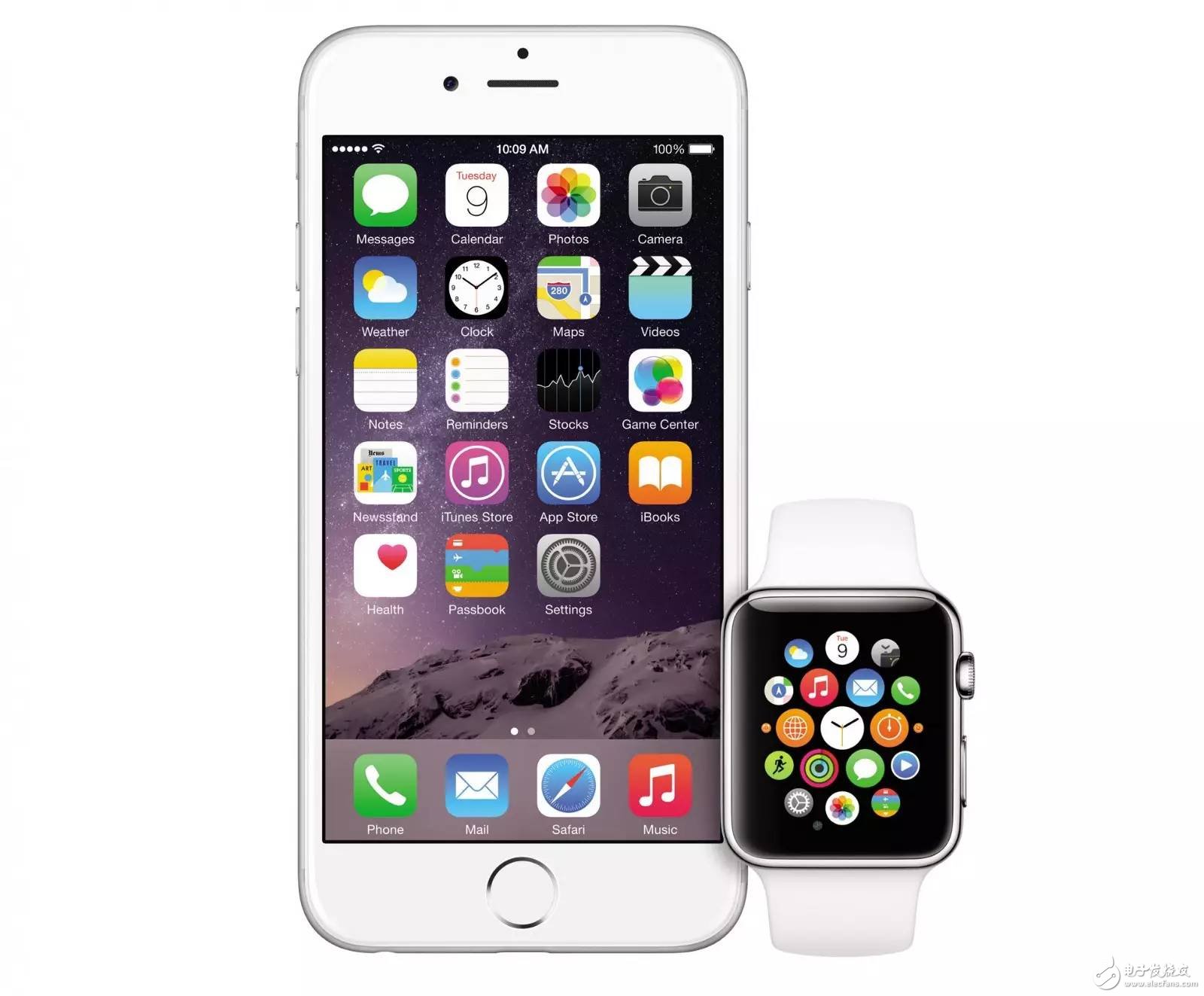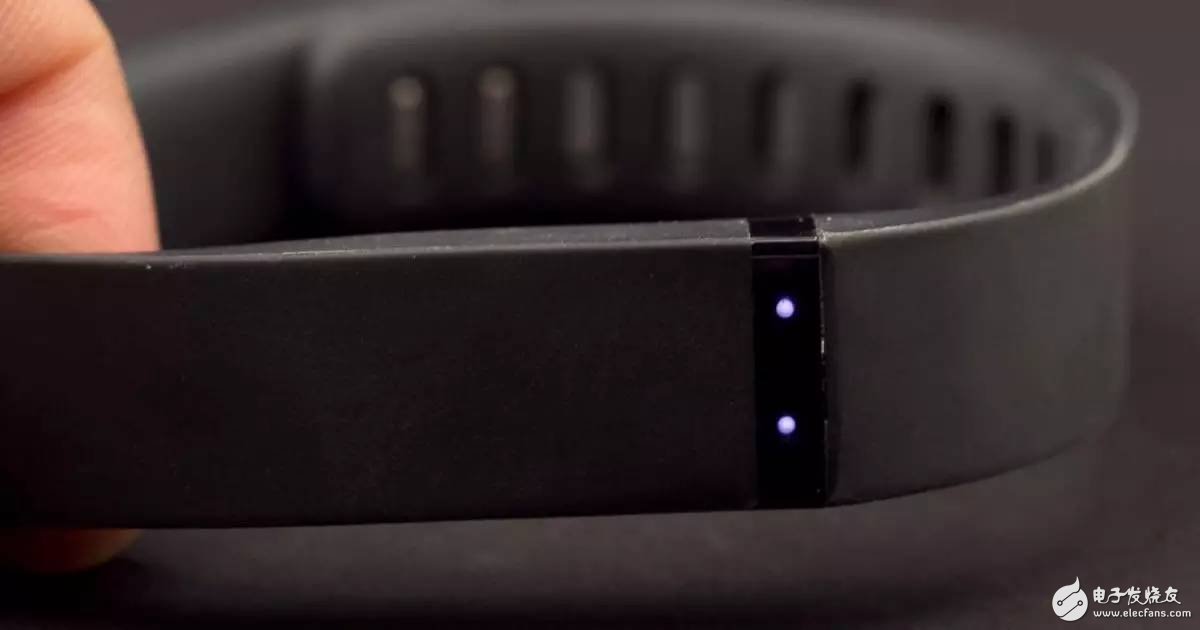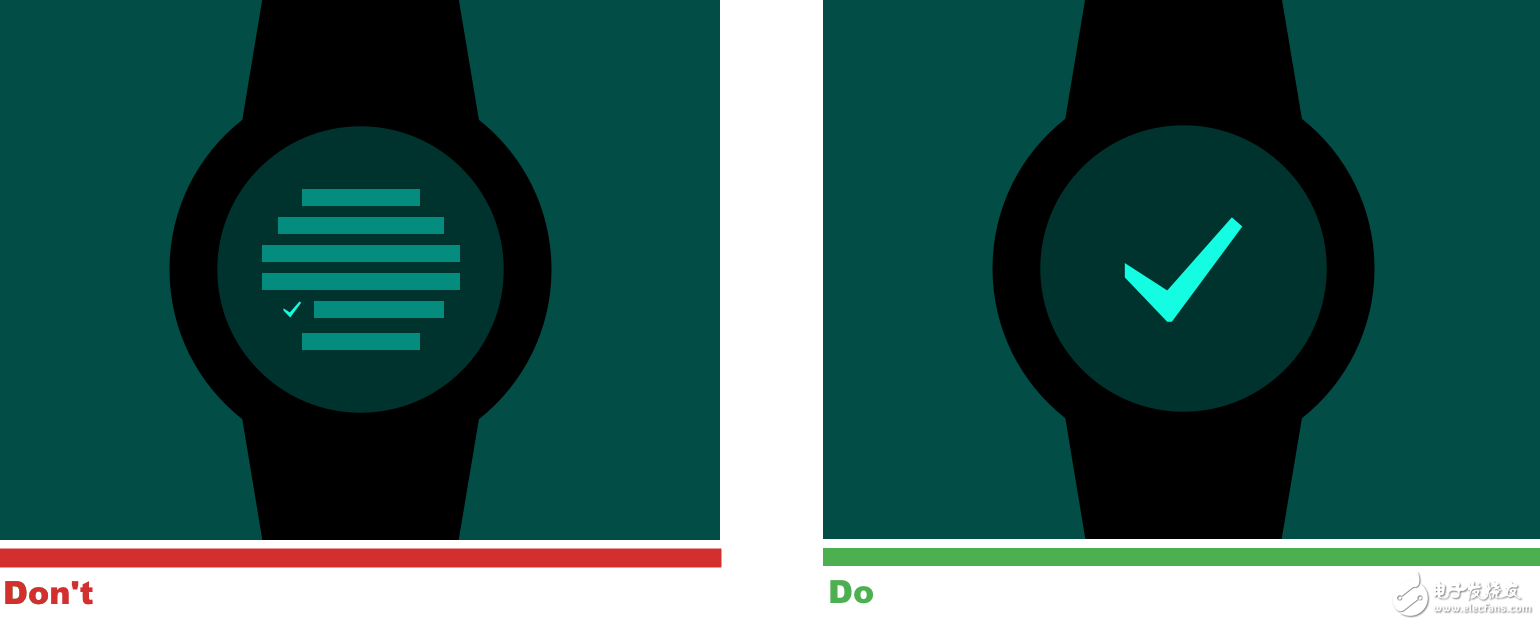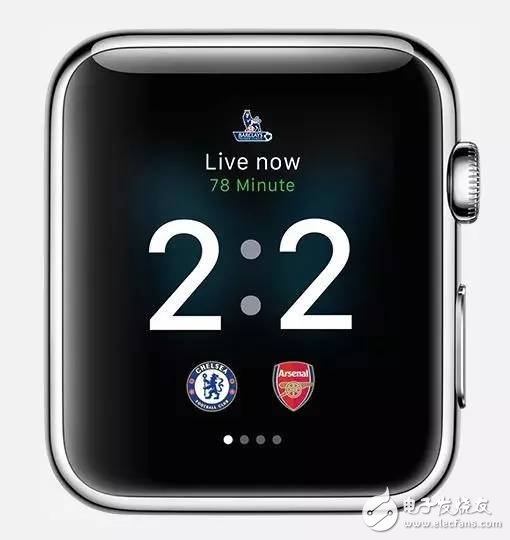11 key tips for wearable device design
After entering 2017, the industry's discussion of wearable devices seems to have entered a relatively stable phase. In contrast to the gradual retreat, the awareness of wearable devices is gradually ripening. At present, the types of wearable devices that we can see are mainly smart watches and bracelets, supplemented by smart glasses, headphones and even ring-type devices. Perhaps more new wearable devices will continue to increase, but from Developers to users, the current expectations for wearable devices have been relatively clear.
As designers and developers, wearable devices are not low-demanding for their creators. Wearables have their own limitations, smaller screens, low information density, and limited battery life that make designers must dance with sputum. The use cases for wearable devices are mostly highly scened, which means that it differs from other digital products in design methods.

The uniqueness and development difficulty of wearable devices are reflected in the beginning of the birth. In this article about Apple Watch, you can understand the difficulty of research and development of such products: "Legend reproduction! Designers have to read the secret history of APPLE WATCH
As designers, we have a hard time bypassing wearables in the future, so today's article helps you summarize 11 key tips for wearable devices.
1, at a glance visibility design
Wearable devices are different from our usual mobile phones and computers. The small screen and various usage scenarios require users of its UI interface to get information quickly and accurately. So, Glanceability is a hard requirement that is the basis for a short, fast interaction between a user and a wearable device.

The fitness tracker uses a flashing light to convey information.
At a glance, the visibility design on the wearable device is not only to reduce the visual feedback to a minimum, it is more about providing users with certain and useful content at a specific time.

Keep the interface clear and concise and easy to read.
Due to the limited screen size, designers should design for the most critical information, allowing users to digest all critical content in less than 5 seconds.

A smart watch is a typical example, and the interface and interaction revolve around the moment of interaction between the user and the user. OneFootball's Apple Watch app is a good example of how the user can see the tee time and the live score and current progress as soon as the user raises his hand.
Suizhou simi intelligent technology development co., LTD , https://www.msmvape.com